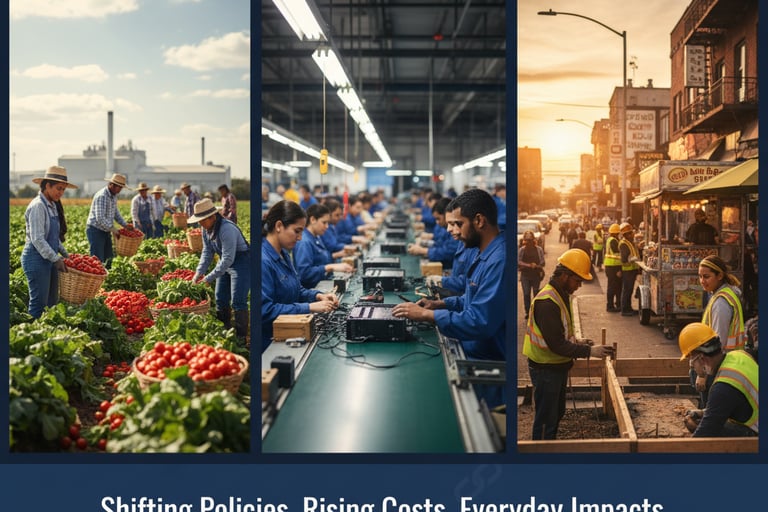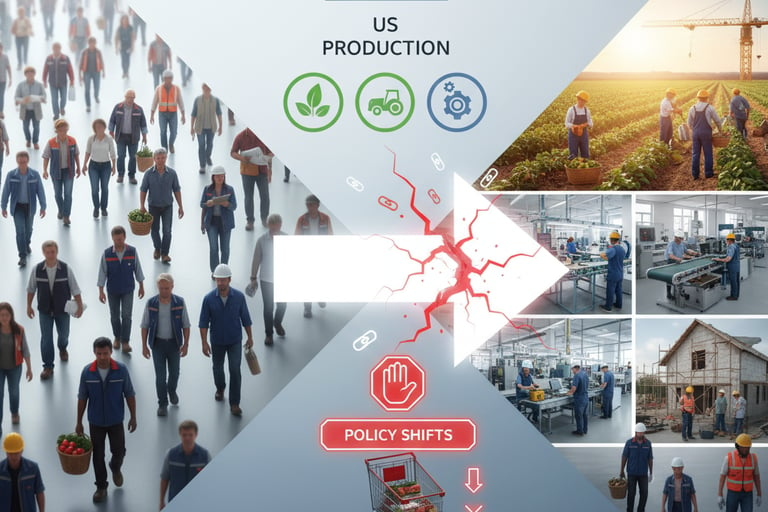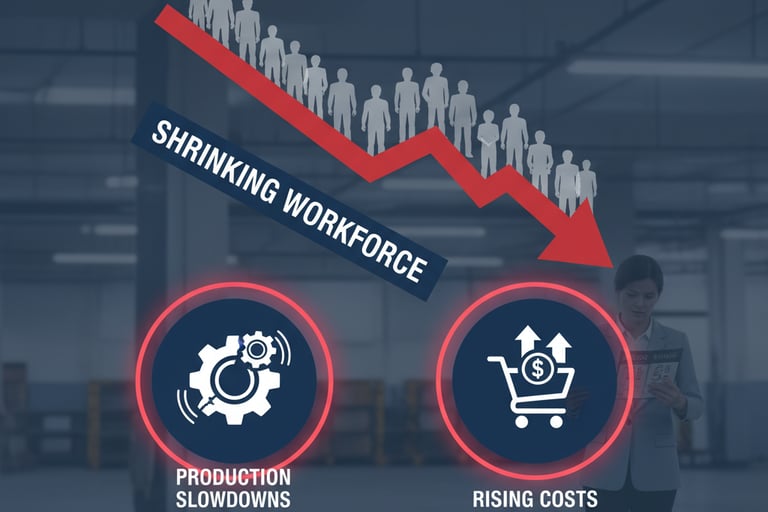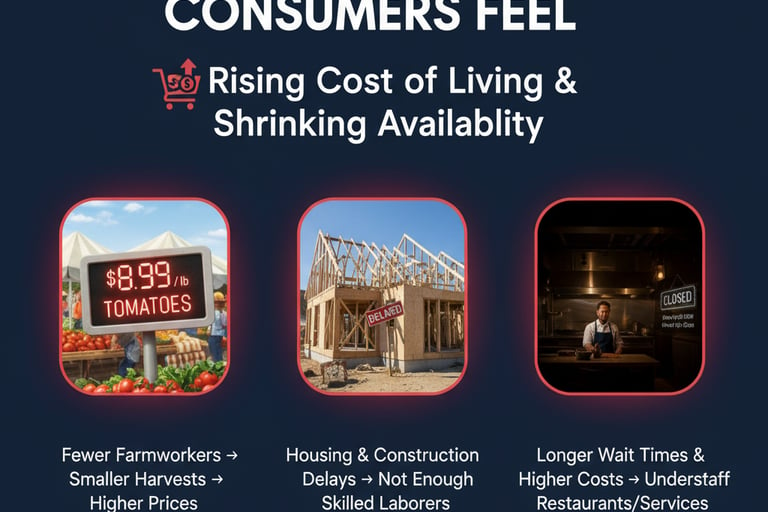How Immigration Policy Is Reshaping US Production
Immigration policies aren’t just about politics—they’re reshaping US production, industries, and even the cost of everyday life.
CURRENT AFFAIRS
9/25/20253 min read
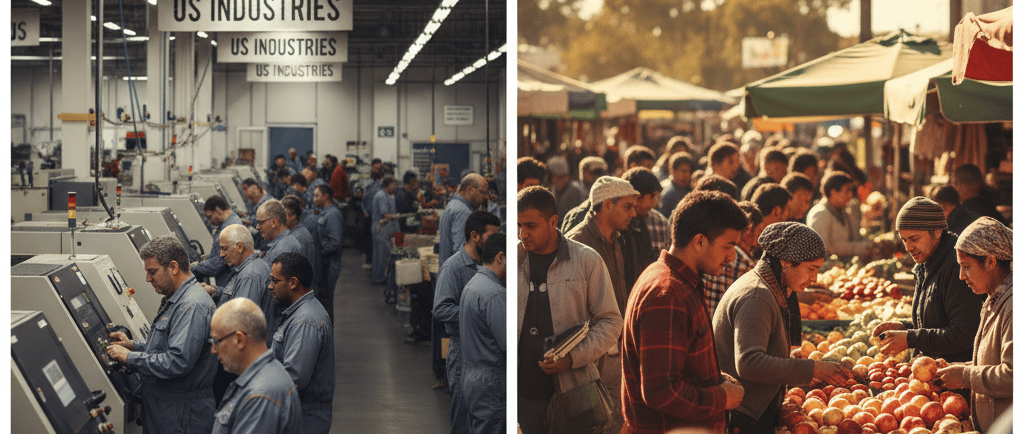

Immigration has long been a cornerstone of America’s story. Generations of immigrant workers have powered farms, factories, construction sites, and service industries, quietly keeping the nation’s economy moving. From the food on our tables to the homes we live in, immigrant labor has touched nearly every part of daily life.
But recent shifts in immigration policies are beginning to change that story. With fewer workers available in critical sectors, production is slowing, costs are rising, and the ripple effects are showing up in everyday life. The immigration policy impact on US production isn’t just a business challenge—it’s something every consumer can feel.
The Link Between Immigration and US Production
For decades, immigrant workers have filled vital roles that keep US industries running. In agriculture, they plant and harvest crops. In manufacturing, they help factories meet growing demand. In construction, they build the homes and infrastructure communities rely on.
When immigration laws change—restricting worker inflow or tightening hiring rules—these industries feel the pressure immediately. And when industries slow down, the effects quickly spread to supply chains, retailers, and households.
How Immigration Laws Are Changing the Workforce
The most visible effect of recent immigration policy changes is a shrinking workforce. With fewer people available for jobs that are already labor-intensive, industries are facing two main challenges:
Production Slowdowns – Businesses can’t keep up with demand when there aren’t enough hands on deck.
Rising Costs – As the pool of available workers shrinks, wages rise, and those costs eventually pass on to consumers.
This workforce gap has left companies struggling to stay competitive while consumers deal with higher prices and longer wait times.
The Everyday Effects Consumers Feel
While immigration policies may sound like a distant political issue, their impact is visible in daily life. Grocery bills are climbing because fewer farmworkers means smaller harvests. Housing and construction projects are delayed because there aren’t enough skilled laborers. Even restaurants and services face longer hours and higher operating costs.
The immigration policy impact on US production isn’t abstract—it shows up in the rising cost of living and the shrinking availability of goods and services.
Moving Forward: Finding Balance
America’s strength has always come from its ability to adapt. Immigration has been, and continues to be, a driving force behind innovation, growth, and resilience. For industries to thrive and consumers to find stability, immigration policies need to strike a balance—protecting national interests while ensuring that businesses have the workforce they need.
Ultimately, the conversation about immigration isn’t only about laws or politics—it’s about the food on our tables, the homes we live in, and the everyday essentials we often take for granted. Understanding how immigration shapes US production helps us see that these policies are not just headlines; they’re part of the fabric of daily life.
